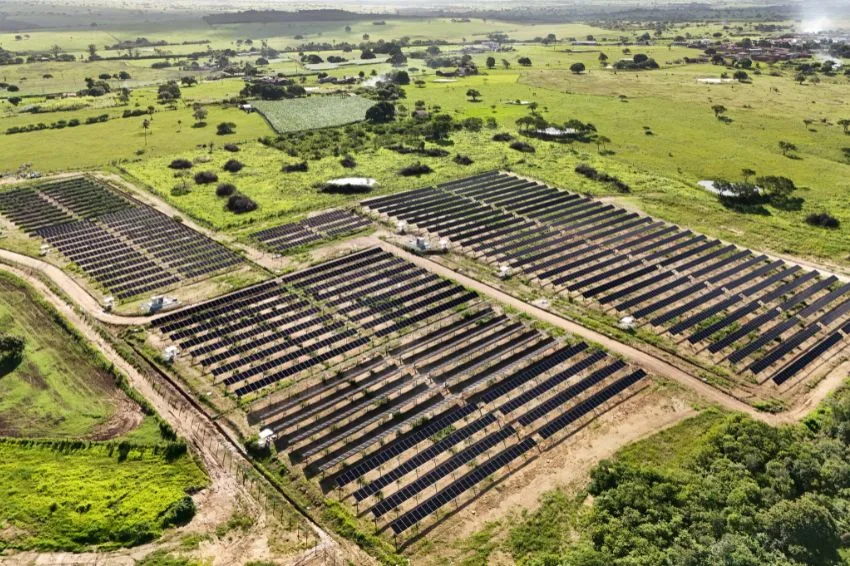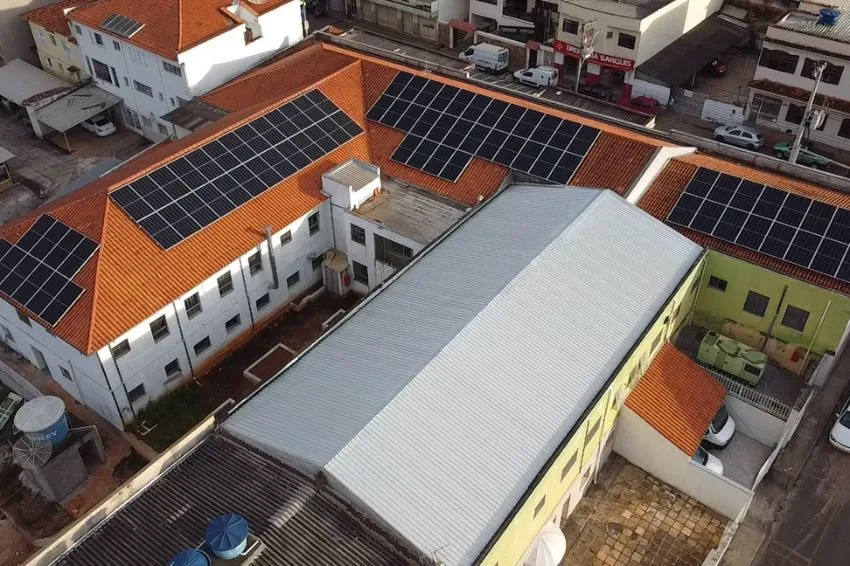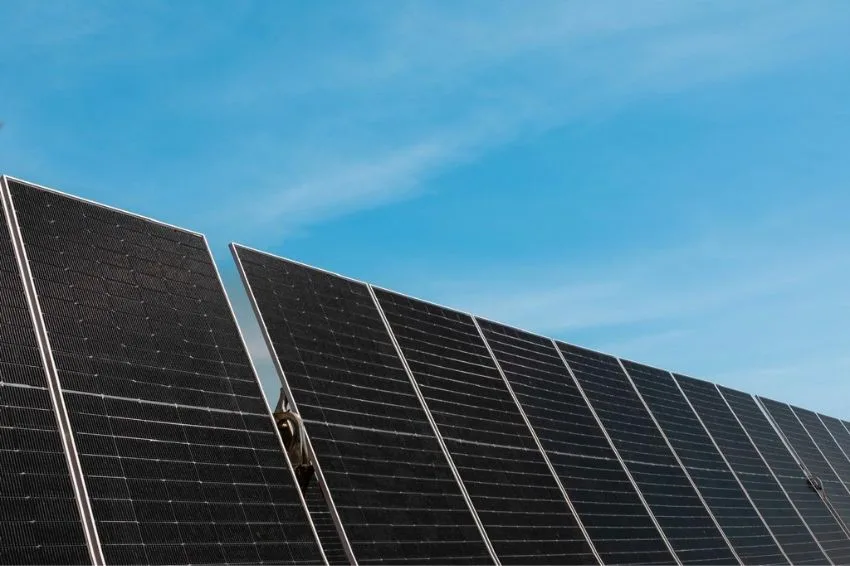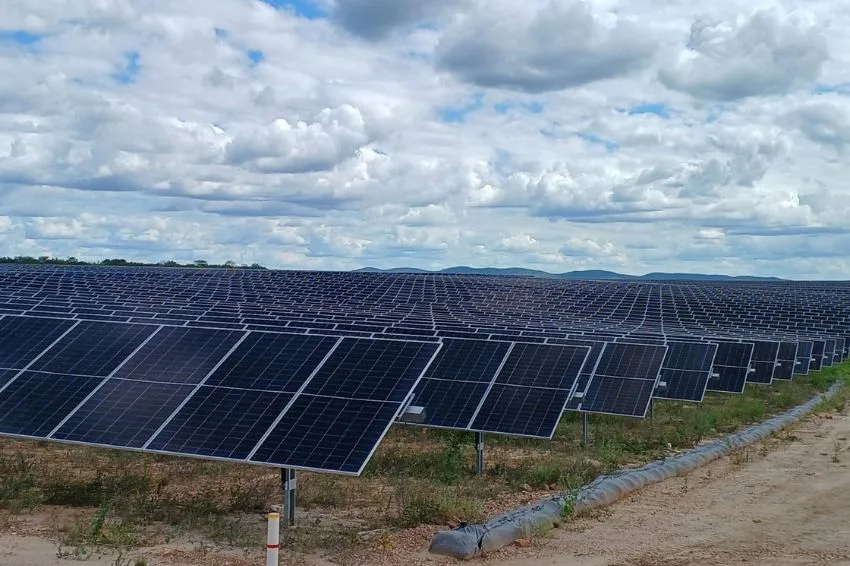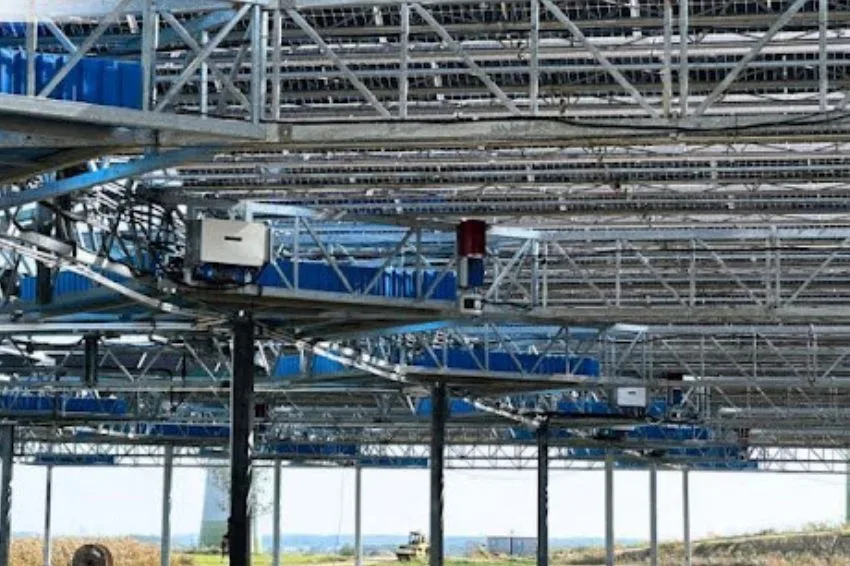The province of Jujuy, located in Argentina, launched the Solar Towns program to replace generation diesel per solar energy with batteries in the cities of Catua, El Toro and San Juan de Quillques.
With this initiative, the region now has eight municipalities that invested in photovoltaic sources. These projects align with the province's long-term development plan and global renewable electricity goals, with the ooaim of establishing 11 “solar cities” in Jujuy.
In December 2023, the provincial government completed the energy transformation of Catua, El Toro and San Juan de Quillques. This change means that diesel generators, which were once the main source of power, are no longer in use.
“Thanks to solar stored in lithium-ion batteries, these municipalities have uninterrupted electricity 24 hours a day, 7 days a week, 365 days a year,” highlighted ATESS Power, the company that supplied the hybrid inverters for the project.

Below are the characteristics of each project:
- Catua: installed with a 330 kWp photovoltaic system, paired with two ATESS HPS120 hybrid inverters and an 819.2 kWh battery system;
- El Toro: equipped with a 252 kWp photovoltaic system, with two ATESS HPS100 hybrid inverters and a 778 kWh battery system;
- San Juan de Quillques: equipped with a 138 kWp photovoltaic system, complemented by two ATESS HPS50 hybrid inverters and a 348 kWh battery system.
More details
The projects in the three cities were financed by PERMER (Renewable Energy in Rural Markets Project) of the Ministry of Energy, which contributed US$ 4,380,162.
This investment serves three rural areas, mainly inhabited by the Atacameño people of the Puna region, which were previously disconnected from the electricity grid. Residents' main activities include subsistence livestock farming and lithium mining services.
“The importance of establishing 'solar cities' lies in the guaranteed supply of electricity 24 hours a day to remote locations, far from urban centers and general distribution networks, improving development conditions and the possibilities of a better quality of life” highlighted Sergio Pizarro, Secretary of Energy.
According to ATESS, the installed plants are equipped with lithium iron phosphate batteries to provide electricity at night and have diesel generators as a backup for unfavorable production conditions.
“Each user is also equipped with a meter, meeting electricity needs similar to those of users in urban centers. Catua consumes an average of 426 kWh per day, El Toro 443 kWh per day and San Juan de Quillques 182 kWh per day. The population of these areas is expected to grow and transform into small municipalities in the coming years”, stated the manufacturer.
Luciano Galardón, coordinator of PERMER, emphasized that mini-grids will increase local productivity and socioeconomic development, promoting economic vitality and population growth.

Benefits for the community
Below are the benefits for each municipality with the project financed by PERMER.
- Catua: the solar plant installed on site provides energy for 146 residences and seven public buildings, including a health center, a police station, a post office and a sports center;
- El Toro: serves 72 residences and six public buildings, including two schools, a health center, a church, a police station and a multifunctional community hall;
- San Juan de Quillques: the photovoltaic project benefits 72 residents and several public buildings, such as a church, a health center and a police detachment, for example.
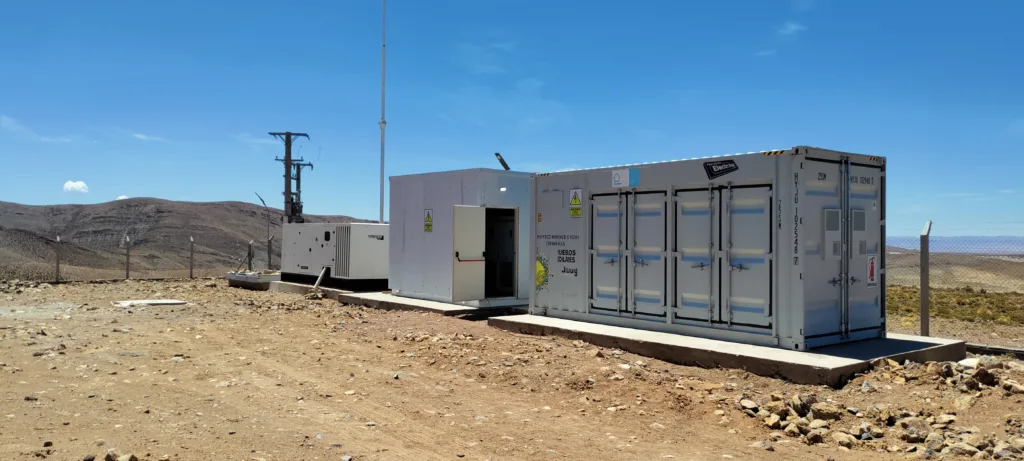
All content on Canal Solar is protected by copyright law, and partial or total reproduction of this site in any medium is expressly prohibited. If you are interested in collaborating or reusing some of our material, we ask that you contact us via email: [email protected].




